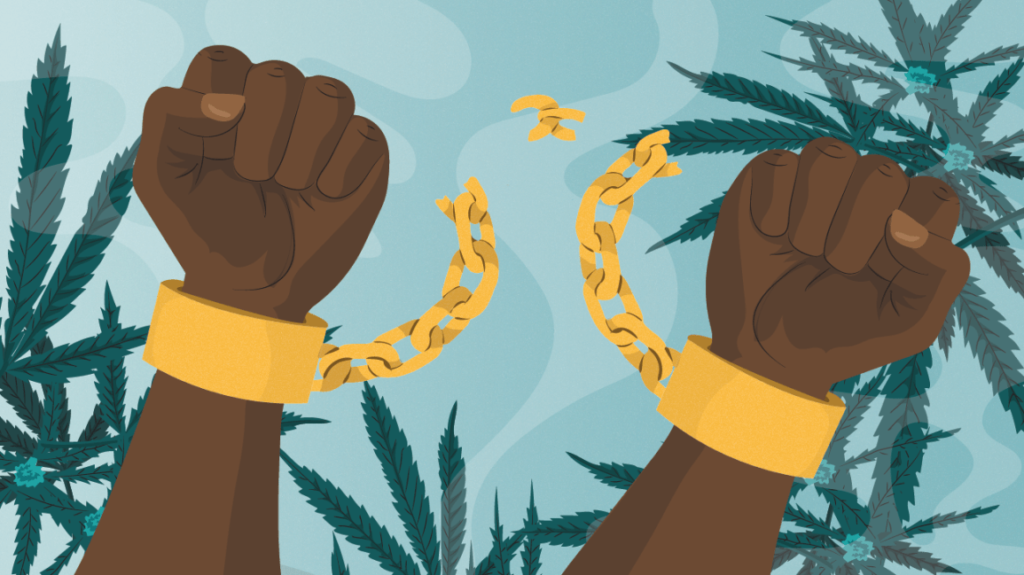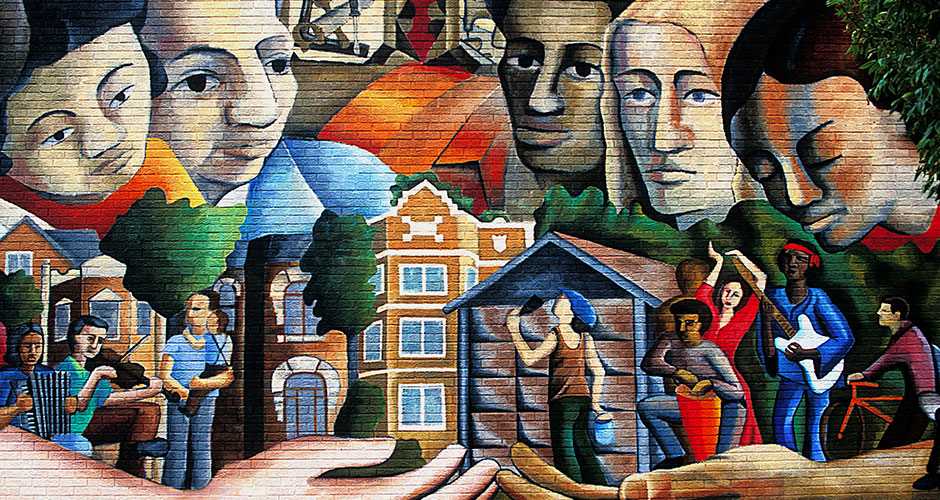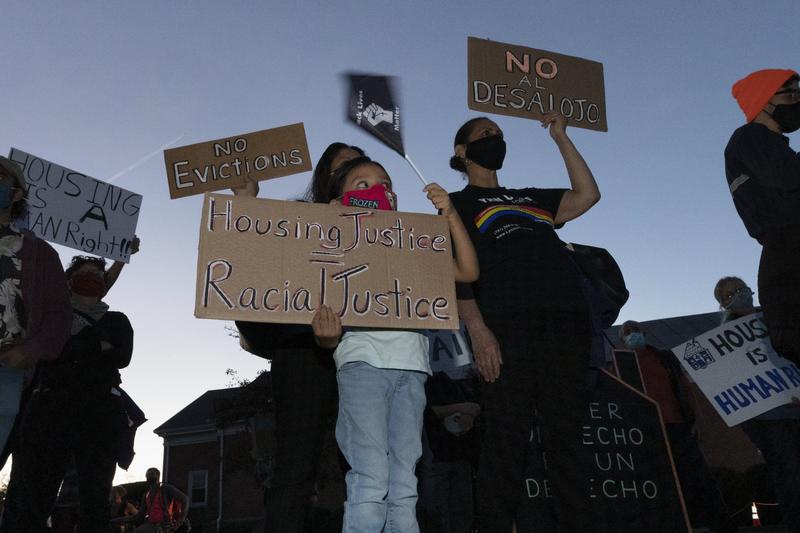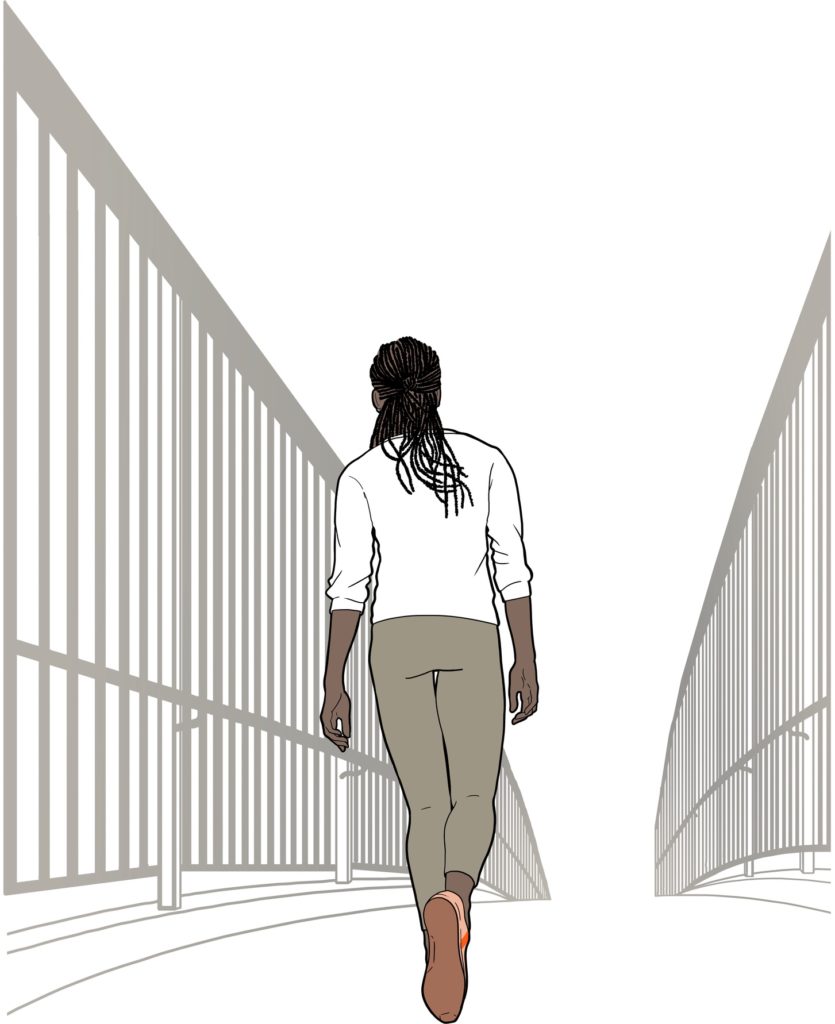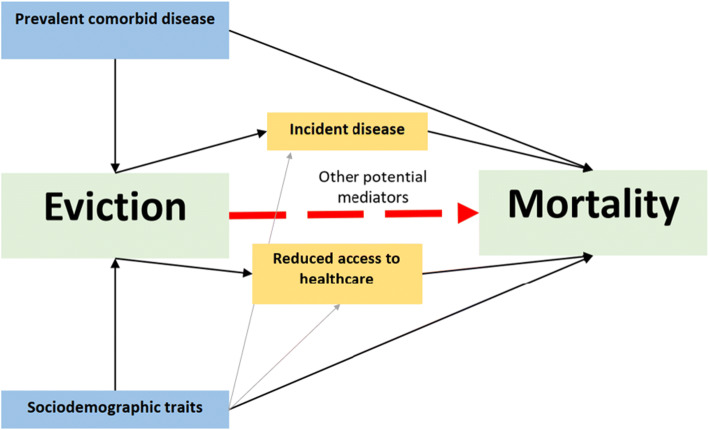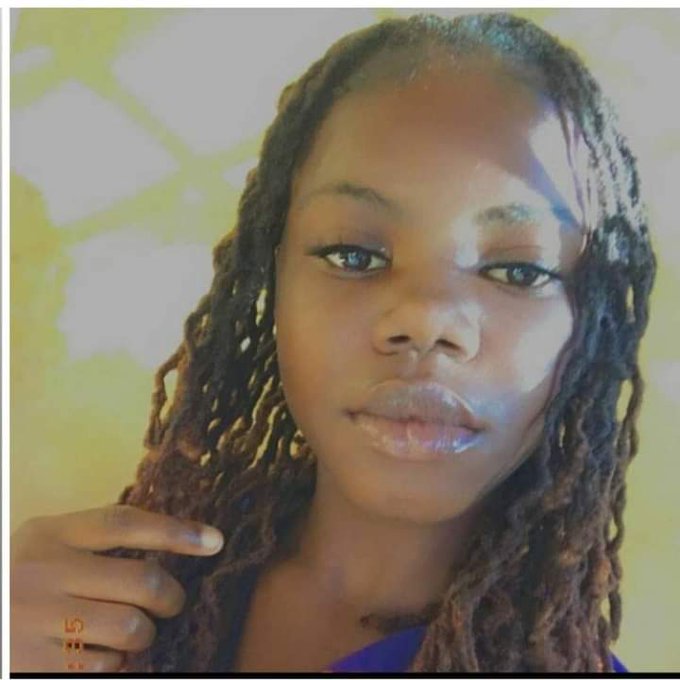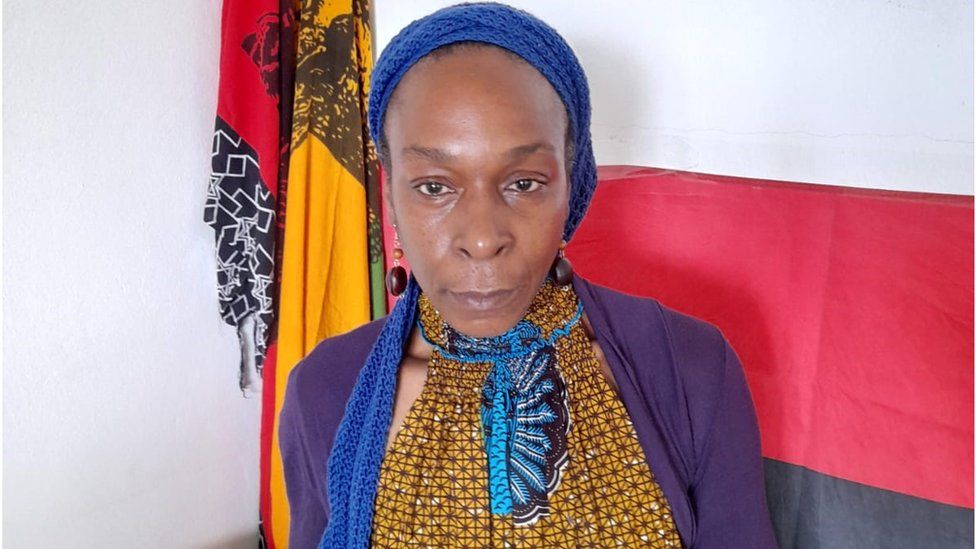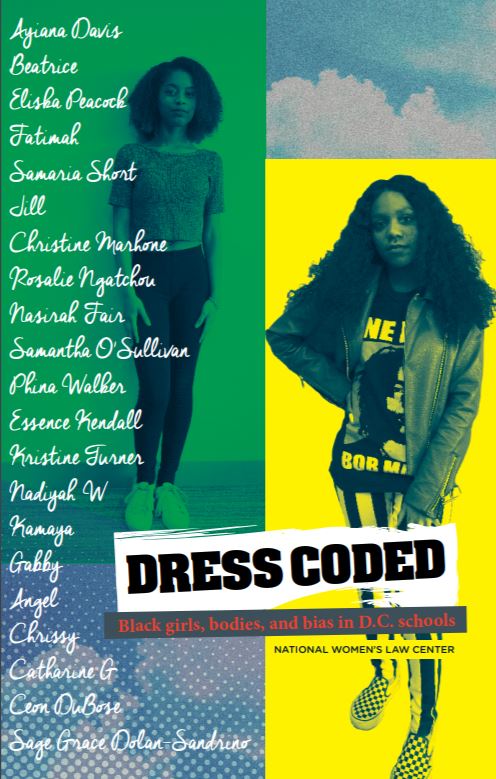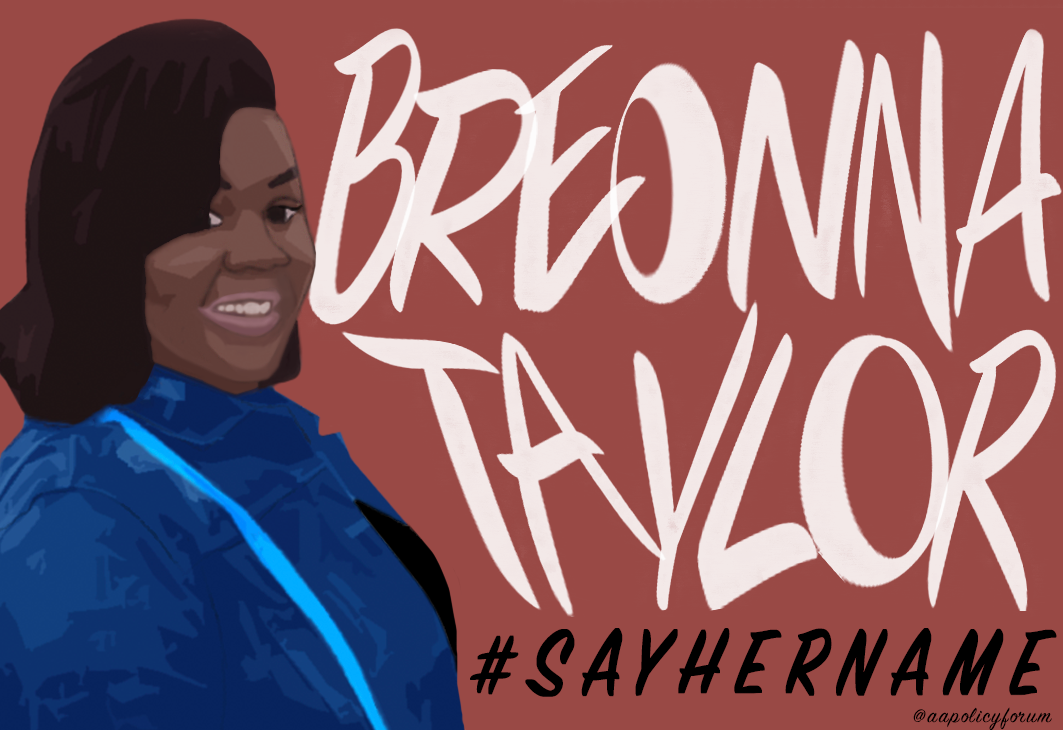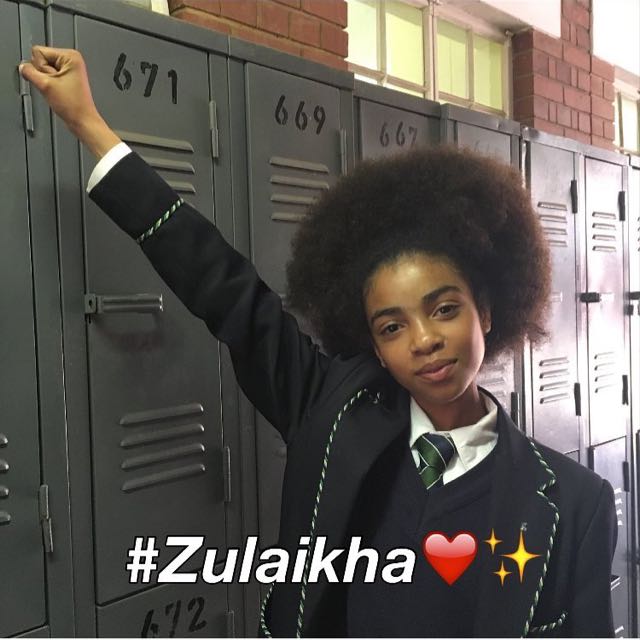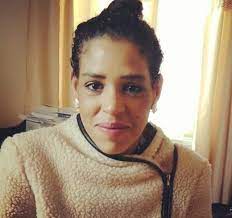
“Life is short and the world
is at least half terrible”
Maggie Smith, Good Bones
Ron Padgett opens his poem “The Absolutely Huge and Incredible Injustice in the World” with a simple question, “Why are we so mean?” That question came to mind recently reading the opening to a news report, “A housing advocate in central Ohio warns that more kids are being listed on eviction proceedings, as eviction rates increase. Though the problem isn’t widespread, it can have huge consequences on the children’s future access to credit and rental housing.” Children are being listed as defendants in eviction cases. While the number of cases is not great, why is there a number at all? And why must we be `convinced’ that this is a terrible thing? Why must we be `persuaded’ that listing a child on an eviction filing will affect and endanger that child’s well-being, possibly for the rest of their life? Why do we require studies to demonstrate that eviction, in fact housing precarity of any sort, has long term detrimental impacts on children? Why are we so mean?
The article under question focuses on Franklin County, in central Ohio. Franklin County is home to Columbus, Ohio, the state capital and the most populous city in Ohio. It’s also the home to Ohio State University. According to the 2020 Census, Franklin County held around 1,280,000 residents, of whom close to 61% are White, and a little close to 23% are Black.
According to Gene Edwards, Franklin County’s Municipal Court Legal Director and magistrate, “Franklin County is experiencing an absolute wave in evictions. We are seeing more evictions come in everyday than we have ever felt in our lives. We are on track this year to exceed 24,000 evictions. That would be setting a record. Last year, we set a record.” According to Princeton University’s Eviction Lab, eviction filings in Columbus are up 38% relative to their pre-Covid average. In March of this year, eviction filings were 2% above the pre-Covid average; in April, 36%; in May 62%. Who’s receiving these eviction filings? 32% of renters in Columbus are Black; 53% are White. 49% of those receiving eviction filings were Black; 38% were White. 58% were female. None of this is surprising, but it needs to be said.
In all of this predictable, and predictably dismal, stew, how do children figure, and, more to the point, how do children’s names end up on eviction filings? Study after study, article after article, has documented that the epicenter of the national eviction crisis is single Black women heads of households. While, again, it should be obvious, it needs to be said that “heads of households” means accompanied by children. That’s how children figure in this crisis, today and for decades to come. How do their names appear on eviction filings? The landlord’s attorney adds the children’s names to the eviction notice. Those names are not on the lease, if there is a lease. In many instances, those children were not yet born when the family moved into the unit. Yet somehow they’re now responsible, and they can be held responsible for the rest of their lives.
Evictions can follow a person for life. In a world in which many credit history apps don’t distinguish between eviction filings and evictions, eviction filings can haunt a person forever, irrespective of how the case was adjudicated. As Carlie Boos, Executive Director of the Affordable Housing Alliance of Central Ohio, noted, “It means that you are absolutely going to see children who were, you know, two years old, three years old today. They will grow up, they will get an education. They will go out into the world or they’re going to try and rent their first apartment, and they’re going to be denied, because there’s an eviction record from when they were a baby sitting there”.
Why do we allow, and even encourage, this cruelty? How many studies are needed before we understand that the “eviction crisis” is a war on Black women? How many articles and studies are needed before we address our complicity in the erasure of the futures of a whole generation of Black children, growing up today? Why are we so mean?
(By Dan Moshenberg)
(Infographic Source: The New York Times)
